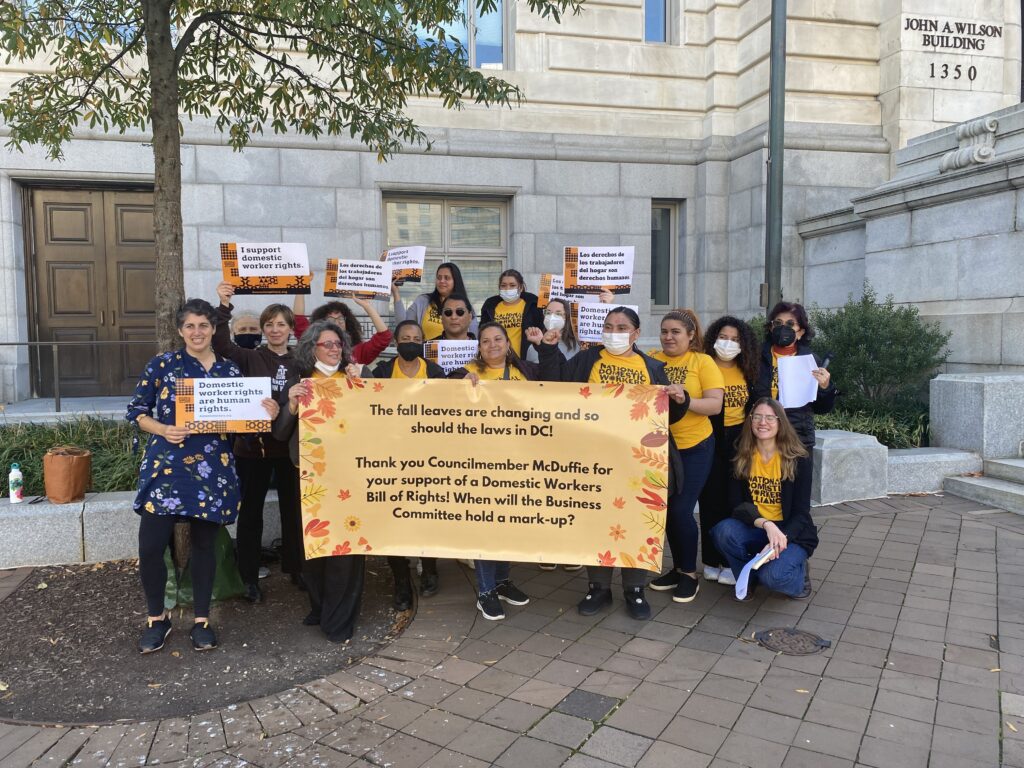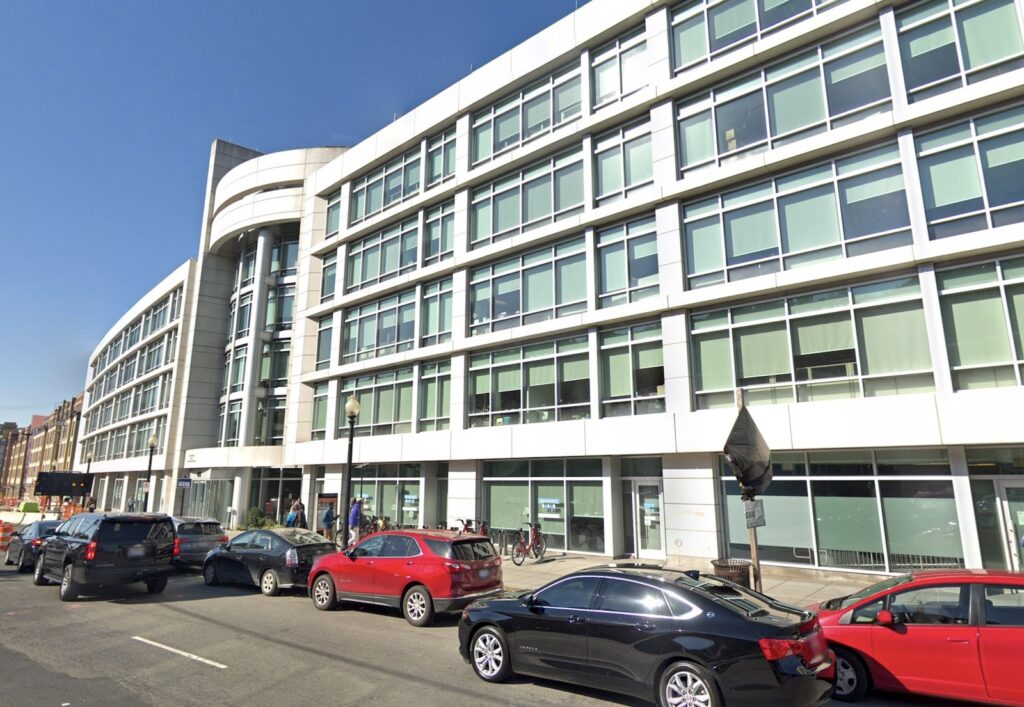Sweating and trembling as he fielded questions about last month’s killer fire at one of his factories in Bangladesh, Delwar Hossain insisted he had no idea the workshop was making clothes for Wal-Mart Stores Inc when it went up in flames.
On the other side of the world, Wal-Mart said the factory — where 112 workers lost their lives — was not authorized to produce its merchandise and had been subcontracted by a supplier without its permission.
That there should be such blind spots in the supply chain of the world’s largest retailer is puzzling.
However, an investigation by Reuters since the Nov. 24 blaze has found that, under pressure from big Western brands to produce huge volumes of apparel fast and at rock-bottom prices, Bangladeshi suppliers routinely sub-contract their orders.
This frequently happens without the knowledge of the end-buyers and, all too often, the orders end up in factories that underpay workers or cut corners on safety.
Experts in supply-chain risk say the practice has led to a lack of control over what is manufactured where, by whom and under what conditions.
“The first problem is retailers and wholesalers are demanding more and more compliance and more and more protocol. However, they keep pushing everyone for lower and lower prices,” said Edward Hertzman, who runs Sourcing Journal, a trade publication.
“You have one department of the company campaigning for fair wages etcetera, but then in the very next room the sourcing department is asking for 10 to 20 percent cheaper. How do you do that?”
In the charred remains at the site of the fire in an industrial suburb of Bangladesh’s capital, Dhaka, a Reuters photographer found clothes that were labeled for — among other big-brand retailers — Wal-Mart, Sears Holdings Inc., and Walt Disney Co.
After the fire, both Wal-Mart and Sears admitted that their goods were being manufactured at the Tazreen Fashions workshop, even though both had specifically denied that factory authorization as a supplier.
Disney said its records showed that none of its authorized licensees had manufactured Disney-branded products at the factory for the past 12 months.
Garment producers in the South Asian country say U.S. and European buyers haggle with them over every nickel and cent to keep their costs down, right down to the price of a shirt button. In turn, the suppliers — operating on wafer-thin margins — are forced to minimize their own costs and this often means farming work out to factories that operate on a shoestring.
“Everything has a price,” Bangladeshi Commerce Minister Ghulam Muhammed Quader told Reuters in Dhaka.
“If you want to really give higher wages or really want to give some sort of other safety standards at a higher level, it costs some money. So the competitors for getting the orders from the big brands always try to cut their cost in different ways.”
Bangladesh Boom
For a long time Western apparel buyers depended heavily on China to source their products. But labor shortages and mounting wage pressures prompted them to look elsewhere and Bangladesh has become – as a 2011 McKinsey report put it – “the next sourcing hotspot.”
There they have found a country that has favorable trade terms with Europe and, crucially – with the minimum wage for garment workers under $37 a month – plenty of cheap labor.
Bangladesh’s roughly 3,000 factories now account for 80 percent of the country’s $24 billion annual exports. The industry employs 3.6 million people and more than four times that number are dependent on the sector for their livelihoods.
In short, it has become the economic lifeblood of the once-impoverished country as it moves up from aid to trade.
Poor working conditions such as overcrowding and even locked emergency exits, have long been the dark side of this success story. Rights groups say efforts to address this have often been thwarted by curbs on union activities that employers and the government fear could threaten the boom.
In April, a labor activist was found murdered and his body bore signs of torture. Human Rights Watch said the killing raised the possibility of government involvement because the man had previously been detained and tortured by security officials. Officials dismissed the suggestion.
There have been building collapses and many fires at Bangladeshi garment factories in the past, although none as deadly as the blaze at Tazreen Fashions.
Shamoly Akhter, 19, was working on the second floor of the multi-story factory building as night fell. She said that, when a fire alarm started ringing, two supervisors prevented employees from leaving and told them to return to their work.
“The alarm was ringing continuously and we were struggling to get out … but they said it was just a drill,” she said at a Dhaka hospital, where she was being treated for injuries sustained when she leapt from the burning building.
She said that music playing in the factory was turned to high volume, apparently to muffle the sound of the alarm.
When finally the workers forced their way to the staircase they found it was ablaze, thick with smoke because highly flammable yarn and fabrics stored around exits on the ground floor had caught fire.
The factory had no external fire-escape stairs so Akhter, like many of her co-workers, jumped from a window to the ground.







